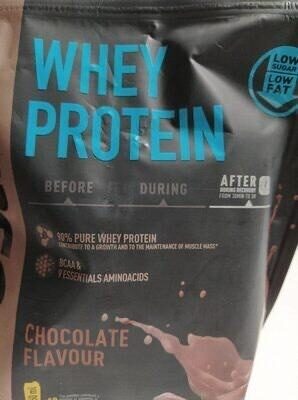Whey Protein Chocolate Flavor - isostar - 570g
Aquesta pàgina del producte no està completa. Podeu ajudar a completar-la editant-la i afegint-hi més dades a partir de les fotos ja disponibles, o fent-ne més amb l'aplicació de androide o iPhone / iPad. Gràcies!
×
Codi de barres: 3175681247154 (EAN / EAN-13)
Nom comú: Pour
Quantitat: 570g
Marques: Isostar
Categories: Suplements dietètics, Suplements per culturisme, en:Protein powders
Botigues: carrefour.fr
Matching with your preferences
Entorn
Empaquetament
Transport
Report a problem
Fonts de dades
Producte afegit per kiliweb
Última modificació de la pàgina del producte per quechoisir.
La pàgina del producte, també editada per driveoff, emile-e, foodvisor, laine-y, scanbot, smoothie-app, swayzy, thaialagata, yuka.R3A4R092VTl1L1UwaFBRNzVVcmZ5L3RxeXJPcGMwS0dLT3dJSVE9PQ, yuka.VzRJak9vb1BuZFFNdjgwNDBpcjg5b0pzNWIraWNXaUdBUEZBSVE9PQ, yuka.WDR3bVBQMWNpL0JTdHNBZjdDSG4zc3NreHBxRlh6S05CdXhBSUE9PQ, yuka.YXBzbklxSmNqY2tObk1FRXhBblM4OGhJKzd1WVkwU3hJT1VUSWc9PQ, yuka.sY2b0xO6T85zoF3NwEKvlmZceebEuDGfKxzuuneo_dvUDMHHUMpW_qnoY6o, yuka.sY2b0xO6T85zoF3NwEKvlmx_bYHPgTKcOQP4pBal54a8JbX4TNB38qX2M6s.








